Socotra People is divided between the inhabitants of the mountainous interior and the islands’ coastal regions.
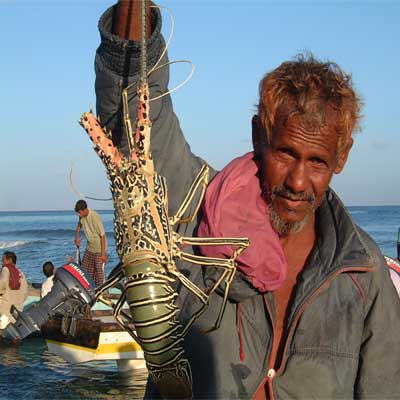
Socotra people language is Soqotri, It is private language spoken only in Socotra, although it is related to other Modern South Arabian languages on the Arabian mainland such as Mehri. Also the people speaking Arabic language.
The former have traditionally made their living herding goats, sheep and cows and harvesting their date palms, while the latter’s livelihood has been based on fishing. Some of the fishermen on the island’s northern coast are of African origin
The population of Socotra is estimated officially at 80,000, but is probably lower. The indigenous population of the interior is mostly subsistence farmers and pastoralists, while coastal dwellers engage mostly in fishing and trade. Socotra has lagged seriously behind the mainland of Yemen in economic development.
The most important parts of the local economy are the production of livestock and the coastal fishery.
A number of families practice subsistence farming with small-scale production of fruits and vegetables (dates, cow peas, finger millet, and sweet potatoes) for local consumption. But the harsh climate on Socotra restricts such cultivation to limited areas.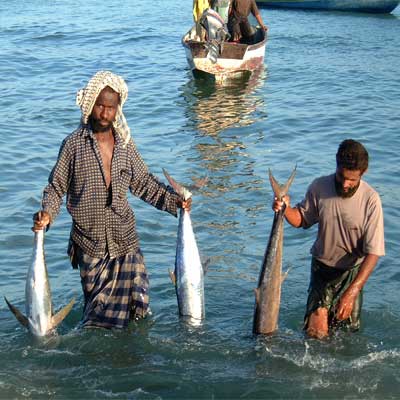
Despite these comparatively poor living conditions, principles of cooperation, self-help, and community labor are well established within all communities, and there is a whole range of relevant traditional rules and practices of ecological importance.
These rules include regulations which control the cutting of live wood, forbid the use of other than dead wood as firewood, and regulate grazing and the cutting of vegetation as fodder, and preserve the most important fruit bearing trees. Traditionally, the local people practice a rotational grazing.
The coastal waters around Socotra are abundantly stocked with fish. But this basic resource of the island is endangered by excessive fishing by larger boats from other countries.
In reality the island and the mainland does not execute its territorial sovereignty over the water near the island.
There is a completely uncontrolled collection of endemic organisms by individuals and foreign institutions, perhaps also for commercial reasons.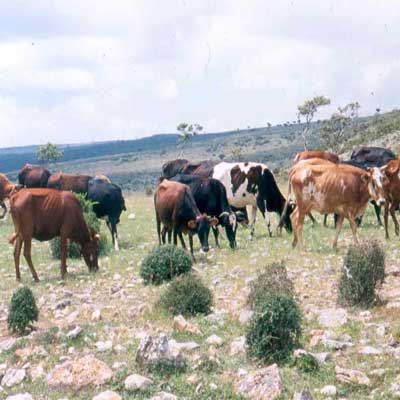
The Socotra people, especially the Bedouins, have a thorough knowledge of the flora. Almost all plants have a traditional use, such as livestock fodder, fuel, building materials, foods, gums, and resins. Plant extracts are also used as medicines, in cosmetic and hygienic preparations, in the manufacture of cordage, as insecticides, and in tanning and dyeing.
As yet there is no practical way to provide supplementary fodder; therefore drought and disease continue to provide their traditional control on livestock numbers. There are no exact data available, but the actual livestock numbers seems to be already clearly at the maximum levels that the water and vegetation can support.
The main resources for the local economy of Socotra people are fishing, pearl-diving and small-scale agriculture.
Exports go principally to the rest of Yemen, and include the butter called ghee, fish and frankincense. Despite its size, Socotra has nomads who live off their cattle and other animals, as well as doing some limited agriculture.
The main city on Socotra of some size is Hadibu the capital city of Socotra Island. Important villages include and Qalansiya.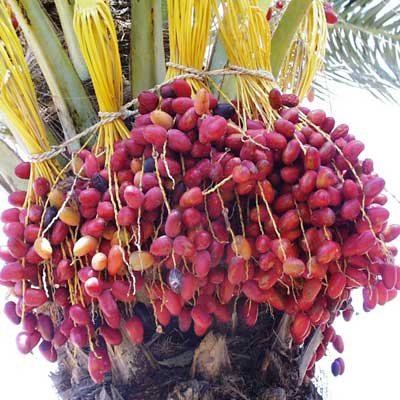
These 2 are on the north coast, while Mahattat Nojad lies on the south coast. The ethnic origin of the people of Socotra is not quite established.
The Russian scholar Vitaly Naumkin concludes that the people are a mix, and that they became isolated from the rest of Arabia, from where they must have most of their origin, between 1000 and 500 BCE. In addition to this, traders passing through, Indians, Portuguese, and British must have given their contributions too. The people living in the extreme east have blue eyes, and are believed to be descendants of Europeans.
Almost all inhabitants of Socotra live on the main island.
The principal city is Hadiboh (estimated population 35,000 in 2004). Abd Al Kuri and Samha have a population of a few hundred people between them; Darsa is uninhabited.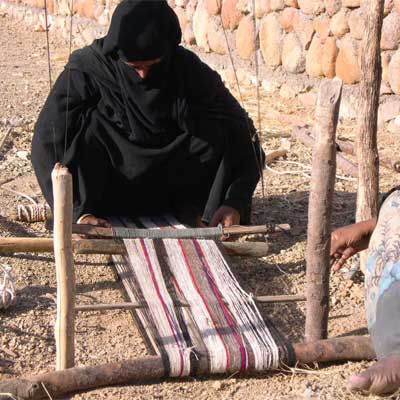
Historically, the island has been renowned as one of the main producers of Frankincense, Myrrh and Laudanum of the best quality. Such commodities were used in temples during the religious rites in the ancient times. Also remedies have been extracted from Socotra Island plants, such as “Cinnabar” (a red substance produces by Dragon Blood Trees) and Taif or Aloe Perry extract.
The Socotra people, especially the Bedouins, have a thorough knowledge of the flora. Almost all plants have a traditional use, such as livestock fodder, fuel, building materials, foods, gums, and resins. Plant extracts are also used as medicines, in cosmetic and hygienic preparations, in the manufacture of cordage, as insecticides, and in tanning and dyeing.
